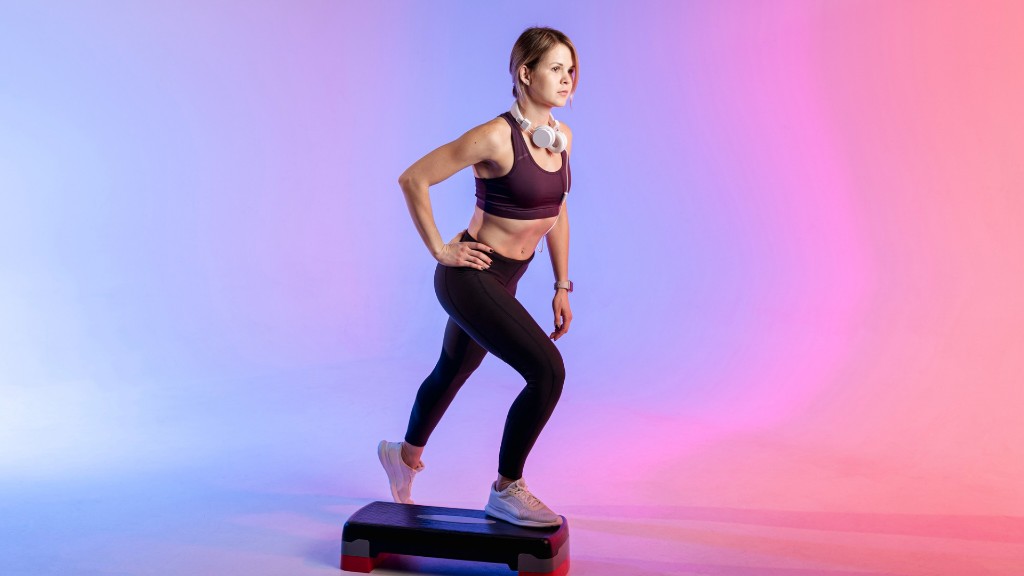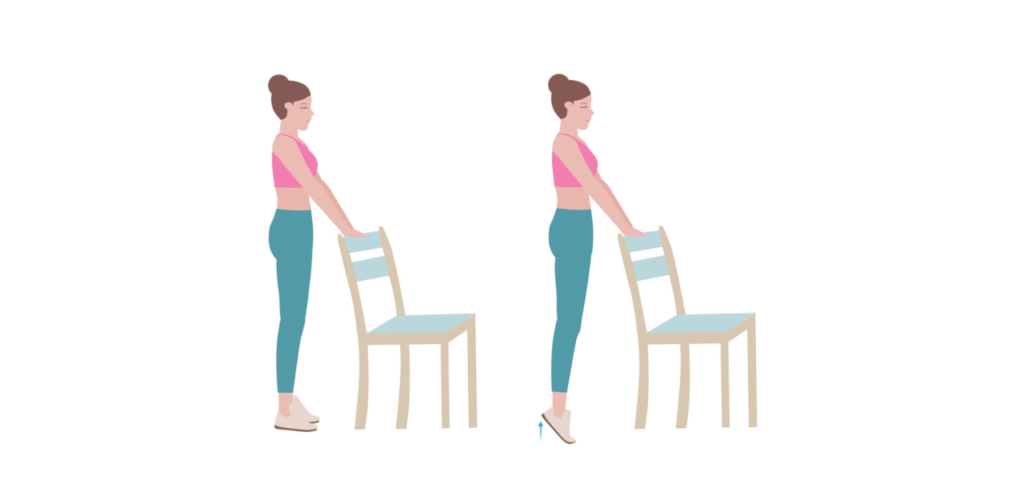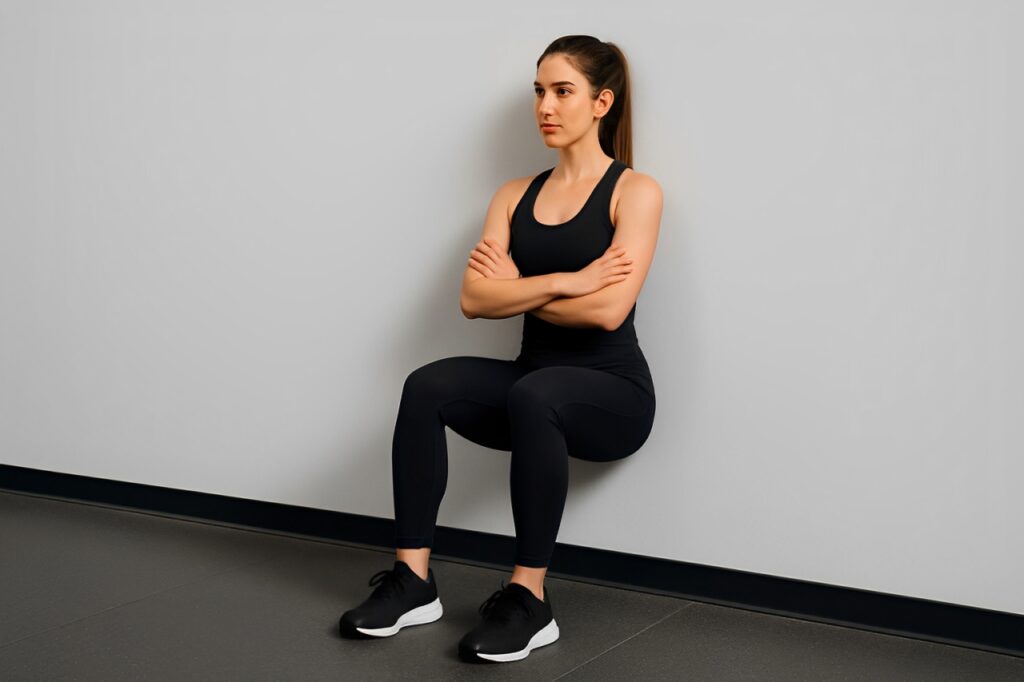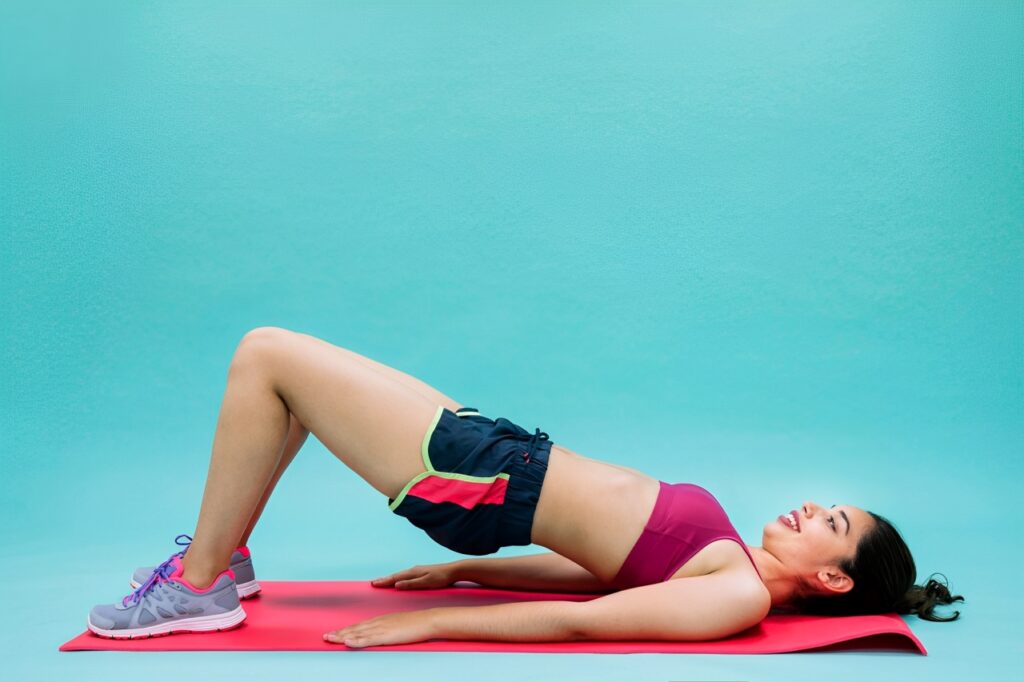Simple Daily Exercises to Maintain Lower-Body Strength – As we age, maintaining lower-body strength becomes one of the most impactful ways to preserve independence, improve mobility, and enjoy a vibrant, active lifestyle. Age-related muscle loss—known as sarcopenia—can begin as early as our 30s but accelerates significantly after 50 if left unchecked. Resistance training is a powerful tool to combat this decline, enhance joint health, and support everyday activities like walking, climbing stairs, and getting up from a chair.
Below, we’ll guide you through a simple yet effective daily workout designed specifically for adults over 50. These exercises are low-impact, safe for beginners, and require minimal equipment—all while targeting key muscle groups in your legs and glutes. Let’s get started!
Your Daily Lower-Body Strength Routine
This workout focuses on functional movements that mimic real-life activities, making it both practical and effective. Perform these exercises 3–5 times per week, depending on your fitness level. Start with one set of each exercise and gradually increase to two sets as you grow stronger.
1. Bodyweight Squats


Bodyweight squats are foundational for building leg strength and improving mobility, making daily activities like sitting and standing easier. Using a chair ensures safety while allowing you to control the movement.
Also Read: 5 Bodyweight Exercises to Lose Belly Fat and Build Lean Muscle
Stand in front of a sturdy chair with feet shoulder-width apart. Slowly lower yourself onto the chair as if sitting, keeping your chest up and knees aligned with your toes. Pause briefly, then press through your heels to stand back up. Perform 1–2 sets of 8–12 reps.
“If needed, use the chair’s arms for support,” advises Dr. Emily Carter, a physical therapist specializing in senior fitness. Focus on smooth, controlled movements rather than speed to maximize effectiveness and prevent strain.
2. Step-Ups


Step-ups challenge your legs while enhancing balance and coordination, which is crucial for fall prevention. This exercise mimics real-life actions like climbing stairs or stepping onto curbs. Use a low step or platform (4–6 inches high).
Stand facing the step with feet hip-width apart. Step onto the platform with one foot, followed by the other, then step back down carefully, leading with the same foot. Alternate legs after completing a set. Aim for 1–2 sets of 8–10 reps per leg.
Also Read: Bodyweight Abs Workout to Sculpt and Define Every Inch
“Hold onto a railing or countertop for stability if needed,” suggests Dr. Carter. Keep your movements steady and deliberate to build strength safely and effectively.
3. Standing Heel Raises


Standing heel raises strengthen the calves and stabilize the ankles, which are essential for maintaining balance and preventing trips or falls. This simple exercise also improves blood circulation in the lower legs.
Stand behind a sturdy chair or counter for support. Slowly rise onto your tiptoes, holding for a moment at the top, then lower your heels back to the ground with control. Perform 1–2 sets of 12–15 reps. “Focus on smooth, deliberate movements,” says Dr. Carter. Rest as needed between reps to maintain proper form and avoid fatigue.
4. Wall Sit


The wall sit is an isometric exercise that builds endurance in your thighs and glutes without requiring dynamic movement, making it joint-friendly and accessible.
Also Read: 5 Simple Bodyweight Exercises to Help Seniors Regain Strength
Stand with your back against a wall and slide down until your knees are bent at roughly 90 degrees. Keep your back flat against the wall, weight in your heels, and knees aligned with your toes. Hold the position for as long as comfortable. Aim for 1–2 sets of 20–30 seconds, gradually increasing time as you progress.
“If holding a full squat feels too challenging, aim for a shallower bend in your knees,” recommends Dr. Carter. This modification ensures the exercise remains safe and effective.
5. Glute Bridges


Glute bridges target the posterior chain, strengthening the glutes, hamstrings, and lower back while supporting posture and reducing strain on the lower back.
Also Read: 7 Best Lat Workouts to Sculpt a Wide, V-Shape Back
Lie on your back with knees bent and feet flat on the floor, hip-width apart. Press through your heels and lift your hips toward the ceiling, squeezing your glutes at the top. Lower your hips back down with control. Perform 1–2 sets of 10–12 reps.
“Avoid arching your lower back excessively,” warns Dr. Carter. Focus on engaging your glutes throughout the movement to maximize muscle activation and minimize discomfort. This exercise is ideal for improving functional strength and stability.
Expert Insights for Success
Dr. Carter emphasizes the importance of listening to your body and progressing gradually. “Start where you are—not where you think you should be,” she advises. “It’s okay to modify exercises or take extra rest days as needed. The goal is to feel stronger and more capable, not overwhelmed.”
She also recommends incorporating warm-ups and cool-downs into your routine. A brisk 5-minute walk or gentle stretching can prepare your muscles and joints for activity while reducing soreness afterward.
